
Bond to Be Sued for Puma Ditching
Oil workers on a Super Puma which ditched into the North Sea have launched legal action against the helicopter operator.
A total of 10 of the 14 people on board the aircraft at the time are suing Bond Offshore Helicopters Ltd.
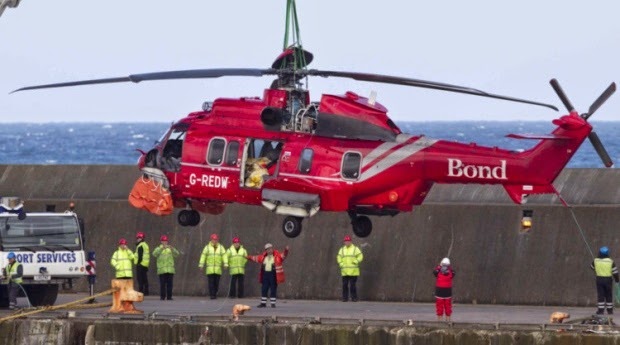
Passengers on the bond helicopter wish to receive compensation similar to that which is expected to be paid out to passengers on board a CHC Puma in the same year
Everyone on the Bond EC 225 Super Puma survived the ditching, which happened 30 miles east of Aberdeen in May 2012.
Now 10 of the workers have lodged actions at the Court of Session in Edinburgh.
Lisa Gregory, who is representing the crew members, confirmed her clients had started legal proceedings against Bond.
The men taking action are Simon Borton, of Renfrewshire; Peter Clementson, of Portlethen; James Foreman, of Montrose; Kris Green, of Huntly; Jason Haylett, of Great Yarmouth; Raed Mansour, of Edinburgh; David McCarroll, of Liverpool; Sergejs Novikovs of Balozi, Latvia; Matthew Ralph, of Bristol; and William Strachan, of Fraserburgh.
No one from Bond was available to comment.
A total of 10 of the 14 people on board the aircraft at the time are suing Bond Offshore Helicopters Ltd.

Passengers on the bond helicopter wish to receive compensation similar to that which is expected to be paid out to passengers on board a CHC Puma in the same year
Everyone on the Bond EC 225 Super Puma survived the ditching, which happened 30 miles east of Aberdeen in May 2012.
Now 10 of the workers have lodged actions at the Court of Session in Edinburgh.
Lisa Gregory, who is representing the crew members, confirmed her clients had started legal proceedings against Bond.
The men taking action are Simon Borton, of Renfrewshire; Peter Clementson, of Portlethen; James Foreman, of Montrose; Kris Green, of Huntly; Jason Haylett, of Great Yarmouth; Raed Mansour, of Edinburgh; David McCarroll, of Liverpool; Sergejs Novikovs of Balozi, Latvia; Matthew Ralph, of Bristol; and William Strachan, of Fraserburgh.
No one from Bond was available to comment.















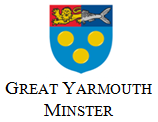
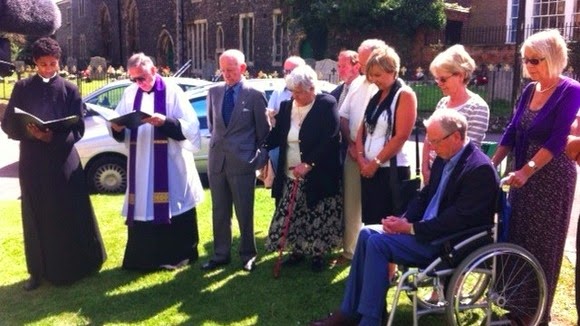







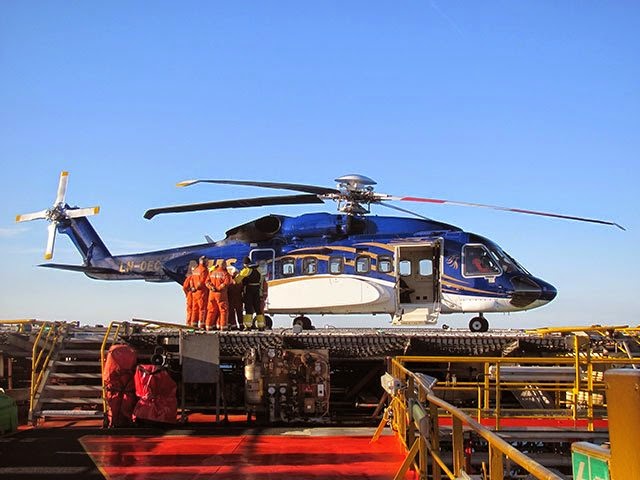


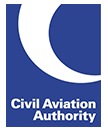
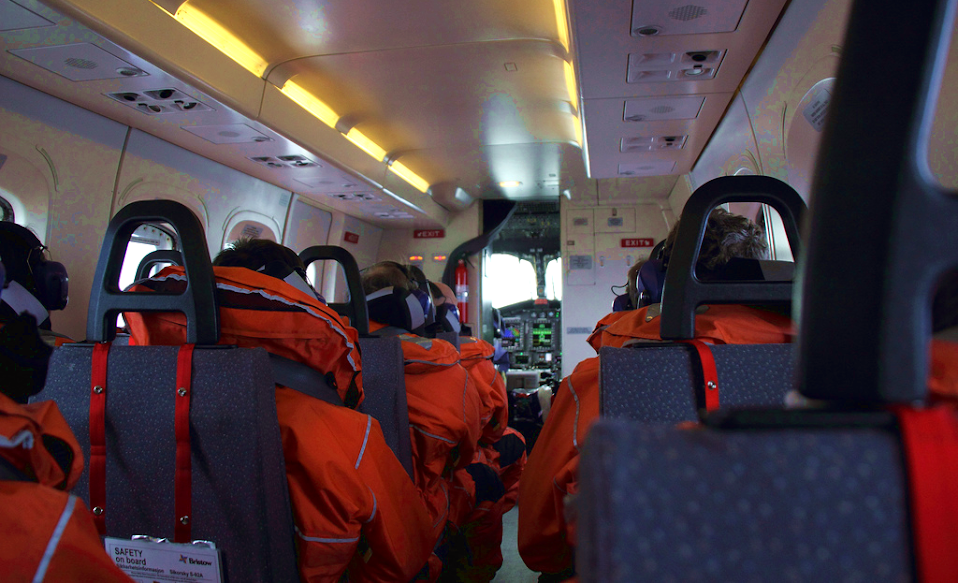















Comment